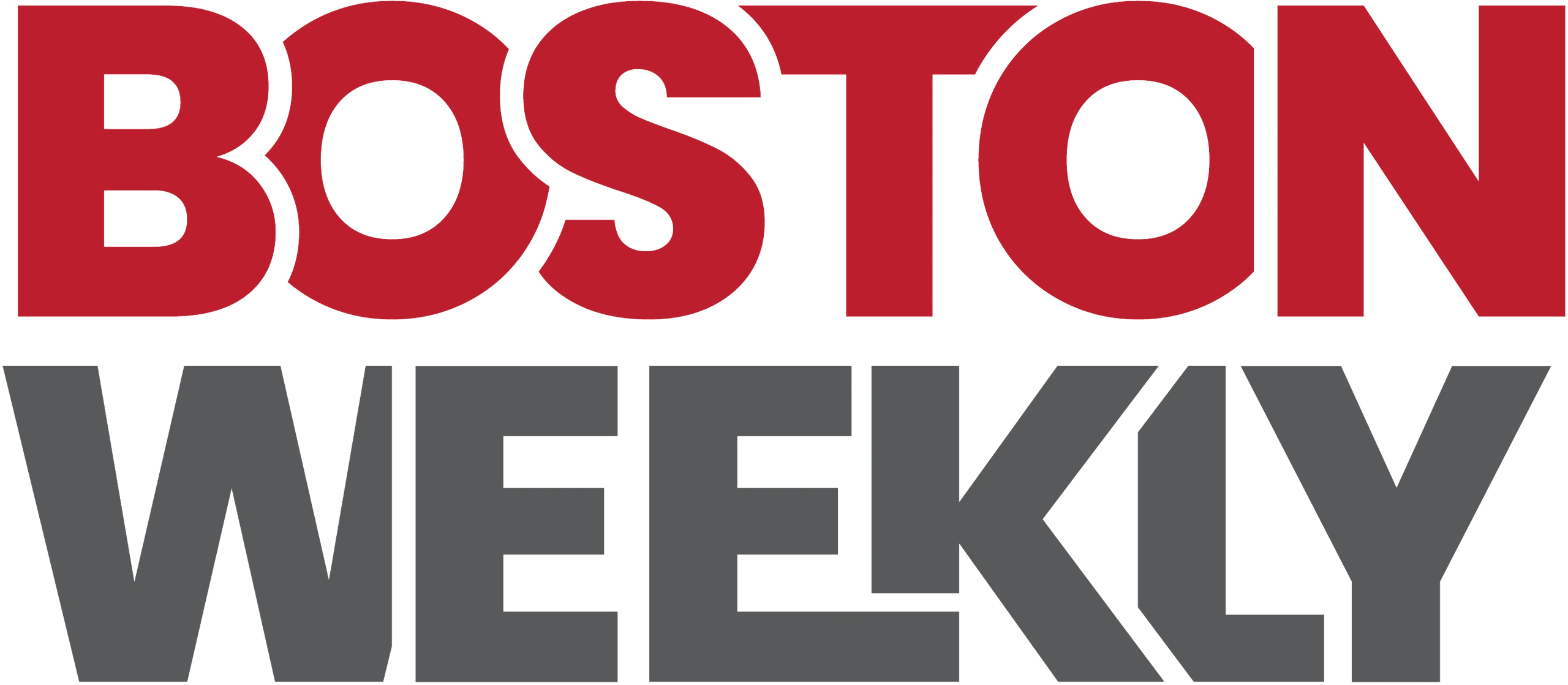Massachusetts lawmakers have introduced a groundbreaking proposal aimed at virtually ending tobacco use for future generations by banning the sale of tobacco and nicotine products to anyone born after 2007. The legislation seeks to phase out tobacco consumption over time by creating a “nicotine-free generation,” positioning the state as a potential national leader in tobacco control efforts. Advocates argue the move is a critical step toward ending the tobacco epidemic by preventing youth from ever starting to use these addictive products [1] [2].
Table of Contents
- Lawmakers Aim to Curb Smoking Epidemic with Tobacco Ban for New Generations
- Public Health Experts Endorse Age-Specific Tobacco Restrictions to Reduce Addiction Rates
- Economic and Social Implications of Tobacco Prohibition on Post-2007 Cohorts Explored
- Policy Recommendations for Implementing and Enforcing the Tobacco Ban Effectively
- In Retrospect
Lawmakers Aim to Curb Smoking Epidemic with Tobacco Ban for New Generations
In a decisive move to halt the smoking epidemic, lawmakers have proposed a groundbreaking tobacco ban targeting individuals born after 2007. This initiative aims to create a “smoke-free generation” by legally prohibiting tobacco sales to future generations, effectively ending tobacco use for millions. Supporters argue this measure combats the staggering health toll-tobacco remains the world’s leading cause of preventable death, linked to lung, heart diseases, and cancer. Experts highlight that tobacco users lose an average of a decade of life, underscoring the urgent need for such interventions.
Key elements of the proposed policy include:
- Age-based sales restrictions permanently barring tobacco products from individuals born after 2007.
- Thorough public education campaigns designed to raise awareness about tobacco’s toxic effects and prevent initiation.
- Enhanced enforcement mechanisms to curb illegal tobacco sales and promote compliance.
With tobacco containing over 7,000 chemicals-many carcinogenic and toxic-the proposal reflects a significant commitment to public health. This legislative push aligns with global efforts that have reduced smoking rates but acknowledges that novel strategies are essential to sustaining momentum against tobacco-related illness and death worldwide.
Public Health Experts Endorse Age-Specific Tobacco Restrictions to Reduce Addiction Rates
Leading public health authorities have voiced strong support for implementing tobacco restrictions tailored by age, emphasizing the urgent need to curb addiction among younger generations. Studies consistently show that tobacco’s harmful chemicals and addiction potential wreak lifelong damage, with half of smokers facing fatal diseases such as lung cancer and heart conditions. Experts argue that prohibiting tobacco access specifically for those born after 2007 could considerably reduce the cohort’s exposure and subsequent health risks, aligning legal structures with evolving public health goals.
- Evidence reveals that tobacco use shortens life expectancy by at least 10 years on average, underscoring the gravity of early addiction.
- Restricting tobacco access based on birth year is designed to create a tobacco-free generation without abruptly banning adult users.
- This approach is lauded for balancing public health priorities with realistic enforcement and social acceptance.
By focusing on age-specific policies, health experts anticipate a gradual cultural shift away from tobacco dependence, which remains the leading cause of preventable death globally. Such targeted regulations could alleviate the burden of cardiovascular diseases, cancer, and other tobacco-related illnesses. The move not only advances prevention strategies but also represents a landmark effort to dismantle the cycle of addiction before it takes hold in youth populations.
Economic and Social Implications of Tobacco Prohibition on Post-2007 Cohorts Explored
Implementing a tobacco prohibition for individuals born after 2007 presents significant economic shifts, particularly in sectors traditionally reliant on tobacco-related revenues. This cohort-targeted ban could diminish future demand for cigarettes and alternative tobacco products, triggering a decline in sales that affects tobacco manufacturers, retail vendors, and associated supply chains. Governments, which have historically collected substantial taxes from tobacco sales, may face reduced fiscal resources, possibly necessitating adjustments in budget allocations or the exploration of alternative revenue streams. Though, proponents argue these economic sacrifices could be offset by long-term healthcare savings, as reduced tobacco use correlates with lower incidences of tobacco-related illnesses such as cancer, heart, and lung diseases, which currently account for more than 7 million deaths annually worldwide[[3]].
Socially, the legislation aims to cultivate healthier lifestyles among future generations by eradicating tobacco use early in the life course, thereby reducing exposure to harmful substances without a safe level of risk[[2]].Expected benefits include:
- Lower incidence of second-hand smoke exposure within families and communities.
- Decreased burden on public health systems through prevention of chronic noncommunicable diseases.
- Shifts in social norms,as tobacco use becomes increasingly stigmatized among younger demographics.
- Economic empowerment of youth through reduced spending on addictive products.
Nonetheless,the prohibition must address potential unintended consequences,including the risk of illicit tobacco markets and enforcement challenges,which require a comprehensive approach combining education,surveillance,and supportive cessation services.[[1]]
Policy Recommendations for Implementing and Enforcing the Tobacco Ban Effectively
Effective implementation of the proposed tobacco ban for individuals born after 2007 demands a multifaceted approach involving stringent regulatory oversight and community engagement. Authorities must enhance routine inspections of tobacco retailers to ensure strict compliance with new age-restriction laws, leveraging partnerships between federal agencies and local enforcement bodies for broader coverage and accountability. Additionally, clear guidelines should be established prohibiting sales and distribution in various outlets, supported by aggressive penalties for violations to deter illegal access. Ongoing training programs for retailers and law enforcement are critical to maintain awareness of evolving legal requirements and enforcement strategies.
Complementing enforcement efforts, prevention and cessation programs should be prioritized and integrated into public health strategies to address both supply and demand. Funding should be allocated to support community-based education campaigns, cessation support initiatives, and youth engagement projects aimed at reducing nicotine dependency and preventing initiation among vulnerable populations. Leveraging technology-driven solutions, such as compliance tracking systems and digital reporting platforms, will enhance transparency and real-time monitoring, ensuring that policy objectives translate into measurable public health benefits.
- Regular retailer inspections and compliance verification
- Clear, enforceable penalties for violations
- Robust training programs for stakeholders
- Funding for prevention and cessation services
- Use of technology for monitoring and enforcement
In Retrospect
As the debate continues, lawmakers remain steadfast in their pursuit to establish a nicotine-free generation by banning tobacco sales to all residents born after 2006. The proposed legislation reflects a growing public health initiative aimed at curbing tobacco use before it starts, though critics warn of potential unintended consequences. The outcome of this pioneering effort to curb tobacco-related harm will be closely watched by states and countries considering similar measures. For now, the bill represents a bold step toward reshaping public health policy for future generations. [1] [3]

